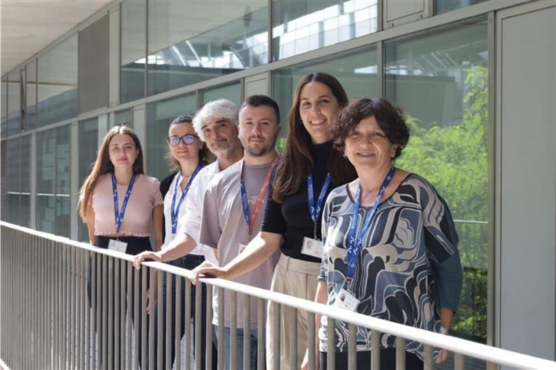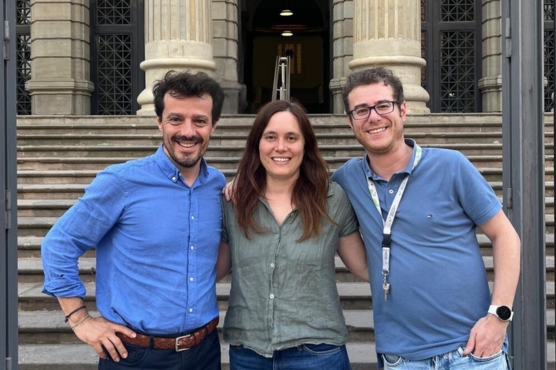The Josep Carreras Leukaemia Research Institute, together with the Catalan Oncology Institute (ICO) in Badalona, takes part in a new study to improve survival in multiple myeloma patients who don’t respond to regular treatments.
Dr. Albert Oriol, ICO haematologist and researcher for the Josep Carreras Institute, is the researcher who is taking part in this international clinical trial, recently published in the New England Journal of Medicine medical journal. In it, 792 multiple myeloma patients in relapse have been included. A third drug has been added (carfilzomib) to the combination (lenalidomide and dexamethasone) they usually receive.
This variation prolonged the time of response to the treatment before the following relapse by more than half a year (from 18 to 26 months). Just as important as this is the fact that the combination of the three drugs was not more toxic than the two drugs previously administered. Other studies underway are exploring similar combinations, combining more active and powerful drugs with which improved efficiency is not counteracted by higher toxicity.
Towards the end of 2014, Dr. Oriol also took part in another successful international clinical trial through the Josep Carreras Research Institute and the Catalan Oncology Institute. This first study was aimed at the improvement of the treatment for multiple myeloma patients who cannot receive a bone marrow transplant due to their advanced age, which is most of them. View more information HERE.
Multiple myeloma
The multiple myeloma (MM) is a type of blood cancer that affects plasmatic cells, a type of white cell mostly found in the bone marrow. It usually affects elderly people, the average age being 65. Only 15% of patients are under 50 and just 2% are less than 40 years old.
If they require treatment, for patients under 70 it will be based on classic intravenous chemotherapy, which might be joined to one or more of the new agents and followed by an autologous transplant (which has become part of the standard treatment for this disease). The objective of this treatment is always to slow down the development of the disease and improve the symptoms. Regretfully, none of them cures it.
Multiple myeloma is one of the haematologic diseases in which there has been more progress in the last few years. Optimization of the initial treatment has allowed the time to the following relapse to double and the survival of the patients, although most of them eventually relapse and have to be treated again. Traditionally, second-line and further treatments consist in the use of sequential drugs to obtain shorter and shorter responses with the least possible toxicity. Lately, more active combinations are being researched that allow results in relapsing patients to improve too.








